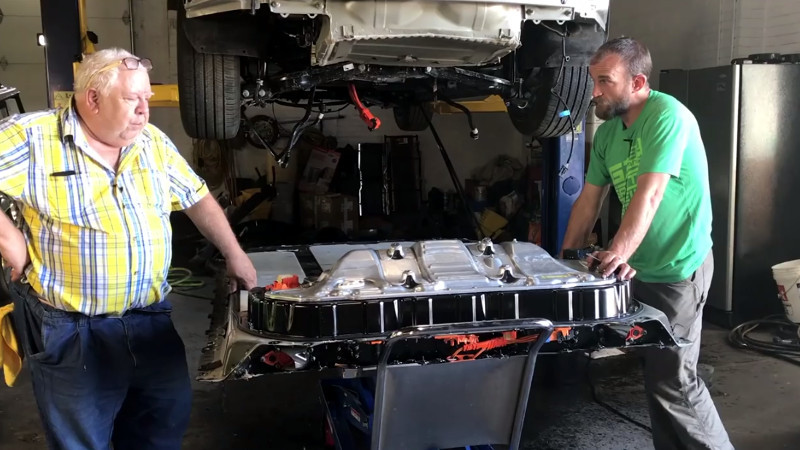I recently wrote an article about Tesla and the Model 3 not having any serious competition for at least five years from now. In that piece, I talked about EV sales and growth trends around the world and the China opportunity that Tesla is grabbing with both hands. What I didn’t talk about was the real reason they have this breathing space – batteries. Let’s talk about that now.
Lithium-ion batteries are still the mainstay of EV power – and a complex science, to boot. There are several battery chemistries within the Li-ion realm that manufacturers like LG Chem, Panasonic and SK Innovation (among others) are experimenting with. But even if you don’t know what an NCM 811 or an NCA EV battery is, it’s not hard to figure out that companies like LG Chem and Panasonic, and Chinese players like CATL, are ahead of the rest of the market. Some of them in terms of development; others by sales volumes.
But that’s just for now. In the future, we might see a usurper to Li-ion’s lead position, just like the Lithium-based batteries replaced NiMH batteries over the past few decades. There’s no guarantee that Panasonic will always have the lead in battery tech. As a matter of fact, CATL recently overtook them as the largest EV battery maker in the world. For now, however, Tesla’s (Panasonic’s) battery purports to be of the highest density practicable, packing more storage power per unit weight than anything else available on the market.
Even if that changes, it’s not going to change overnight. Before any alternatives can be produced and sold at that scale, they have to go through years and years of R&D and testing. Very often, the engineers have to keep going back to the drawing board because of a single design element or a minor change in battery compositions.
How does that relate to the Model 3 not seeing any competition for the next few years? The key here is volume. The current Li-ion tech being used in EV batteries can be mass-produced. None of the other chemistries are being made at this scale. The NCM 811 from LG Chem is only going to be launched this month (August 2018), so it’s still quite far away from being produced on a large scale.
The same goes for SK Innovation, which shared a lot more details about its NCM 811 plans. It seems like NCM 811 is the only reasonable alternative to what Panasonic makes, and the second generation version is supposed to be able to give a range of 700 km, or about 435 miles. That’s significantly higher than the Model 3’s EPA fuel economy rating of 310 miles per charge.
But the question of volume arises once again. Tesla and Panasonic have already proved that they can make batteries at scale, and very few other companies have. Panasonic is even open to increasing its investment in Tesla’s Nevada Gigafactory.
The NCM 811 battery cell is still in its infancy, so you can’t expect it to compete with Panasonic’s 2170 cell format that’s being used in the Model 3. And Tesla claims that this battery is already superior to the NCM 811. In a letter to shareholders published a few months ago, Tesla said this:
“The cobalt content of our Nickel-Cobalt-Aluminum cathode chemistry is already lower than next-generation cathodes that will be made by other cell producers with a Nickel-Manganese-Cobalt ratio of 8:1:1. As a result, even with its battery, the gross weight of Model 3 is on par with its gasoline-powered counterparts.”
While Panasonic is not exclusive to Tesla, the latter is still its biggest and fastest-growing client. The fact that Panasonic is going to work with Toyota on a separate project to make EV batteries isn’t going to change that status quo for the next several years.
That’s why the 5-year timeline. Other companies may match what Tesla has in the next five years, and even match the density and power of Panasonic’s batteries. But where do you think Tesla and Panasonic would have moved to by then? Both of them are aggressive companies chasing massive growth, so it’s going to be nigh on impossible for any combination of car-and-battery-maker to catch up and then keep matching their performance. That’s not to say it will never happen, but it’s highly unlikely to happen in the next half-decade.



